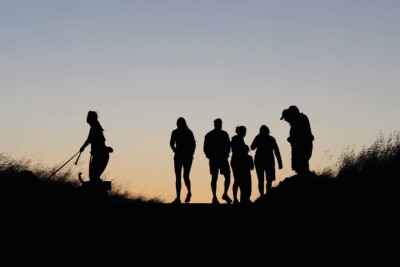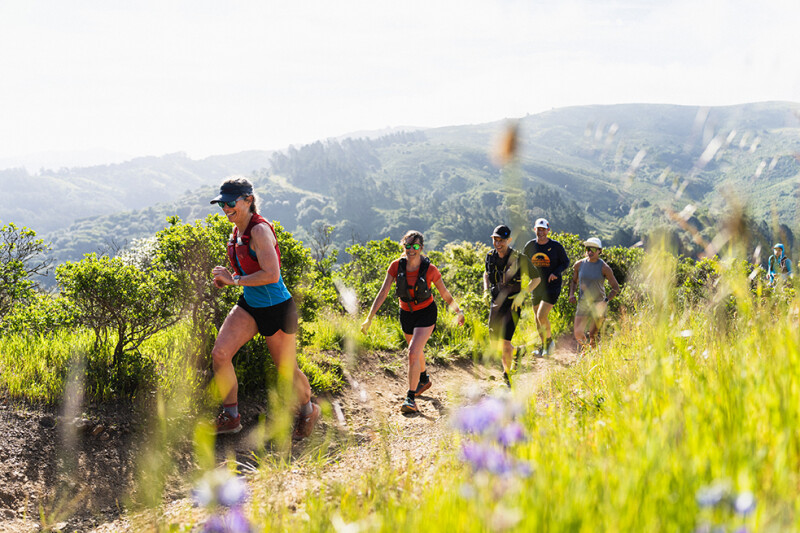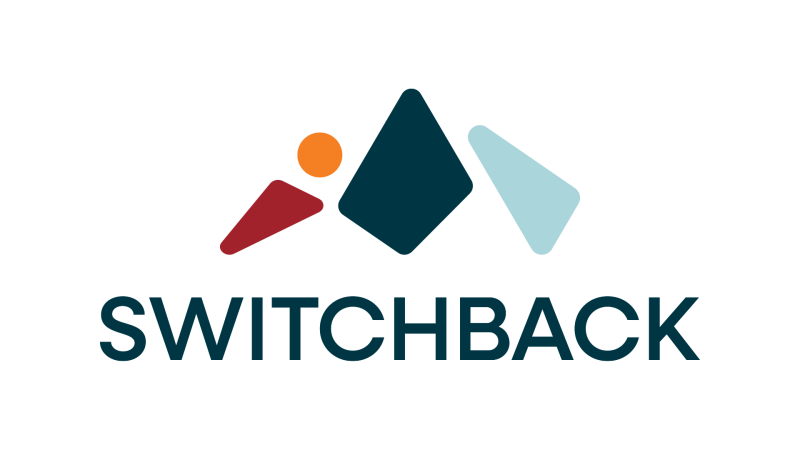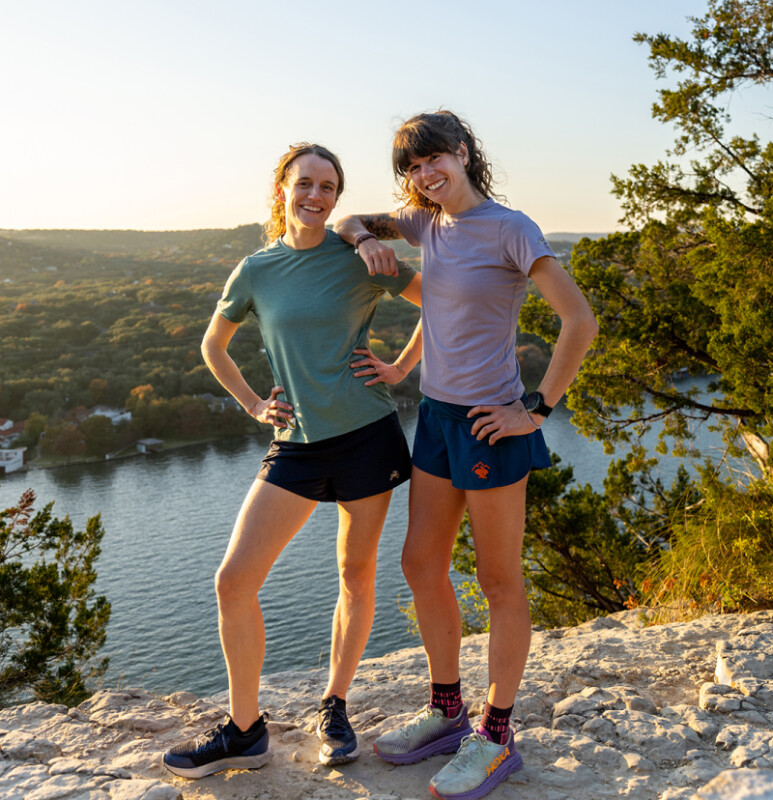The outdoor industry has a lot of work to do on matters of equity and inclusion. Despite good intentions, progress remains slow and a significant gap exists between intention and impact.
As a result, in early 2023 a group of outdoor industry leaders set out to build an organization dedicated to advancing equity in the industry through collaboration and resource sharing. Drawing on inspiration from other impactful industry-led initiatives, they created a central group to bring the outdoor industry and historically underrepresented groups closer together and move us in the right direction.
Last October, this group, now known as the advisory board, collectively founded the Outdoor Diversity Alliance (ODA). ODA is designed to help companies move from self-driven, internal diversity, equity and inclusion (DEI) work to shared, collective action that will do more than what any one company can accomplish on its own.
The mission of the Outdoor Diversity Alliance is to assist the outdoor industry in addressing systemic issues impacting diversity, equity and inclusion through collective action. This includes racial diversity, sexual orientation, body type, physical ability and LGBTQIA. Central to our theory of change is the idea that business leaders must listen to the needs of historically underrepresented communities and groups and drive change across the industry.
Stating a Purpose
Our founding board started building ODA by getting clear on our purpose and the gap that exists in the industry around advancing equity work. We talked to dozens of companies and nonprofit leaders to understand their specific needs and challenges. From these discussions, common themes emerged:
• Industry leaders lack the expertise to address systemic issues. Company leaders are seeking allies and community and a space to collaborate free of judgment.
• Companies are eager to learn from each other’s successes, mistakes and effective strategies.
• Getting called out is a common fear. People would find value in being part of a supportive community that can provide guidance and coaching if they happen to make a mistake.
• Companies are struggling to make meaningful progress on hiring diverse talent, employee retention and customer acquisition from underrepresented communities.
Centering the needs of people most impacted by the equity movement is a vital piece in how ODA functions. Following our initial outreach, we hired 18 people representing outdoor affinity groups and historically marginalized communities to tell us where they believe the industry is falling short, what the industry is doing well, why the industry is struggling to make meaningful progress on recruitment and retention and what they need from the industry to build trust and create a sense of belonging. This group is referred to as ODA’s “Community Advisors.” Common themes emerged:
• Companies are only working with certain community members for events and campaigns specific to their identity. (i.e. Black History Month, Women’s History Month, Pride Month)
• Recruitment and retention is a challenge because they do not have relationships with diverse communities; they don’t currently represent a diverse workforce; they are hiring diverse talent without a genuine commitment to changing culture from within; and other cultures are not reflected in the brand.
• Companies are focusing DEI efforts in marketing only and they are hiring diverse talent to be featured in content while the leadership is white.
• It takes collective efforts to think at a systems/ecosystem level. Sharing successes and failures encourages collaborators to feel more comfortable and secure in the work.
• There is a need for industry-wide standards for pay and code of ethics and agreement on what diversity, equity and inclusion mean.
ODA’s goals are a direct result of feedback and recommendations from the brands and community advisors. Our goals toward a more equitable industry are:
1. Support the development of authentic relationships by helping companies and historically underrepresented communities and groups connect.
2. Develop the framework for an industry-wide equity assessment.
3. Create authentic storytelling models led by underrepresented communities.
ODA’s Work To Date
There have been a number of initiatives undertaken by ODA already.
• Outdoor Pathway Scholarships. Earlier this year, the Outdoor Diversity Alliance and Outdoor Recreation Roundtable’s Together Outdoors initiative launched a program to connect students from underrepresented communities to outdoor and environmental professions. The Outdoor Pathway Scholarship program acknowledges the importance of diversity and inclusivity in these sectors by providing students with $5000 in scholarship funding over two years, mentorship and assistance with job placement in the outdoor industry and environmental field. The first Outdoor Pathway Scholarship awards will be announced in May.
• Community Building. Our first quarterly virtual member meeting was held in March. We spent 90 minutes building relationships across our network, sharing successes and mistakes and planning work that will center community expertise and advance equity in the outdoor industry. ODA’s members will be meeting in-person for the first time on April 30 at the Keen headquarters in Portland, OR
The Retailer Opportunity
There are many ways outdoor and run specialty retailers and brands can be a part of this effort.
First, become a member. With each new member we strengthen our collective impact. We are inviting all outdoor and running industry companies and nonprofits to join the Outdoor Diversity Alliance. Annual membership dues are collected on a sliding scale based on revenue.
Then listen to the needs of underrepresented communities. Whether you’re specialty retailer, a brand or a nonprofit, you can join ODA members in committing to the following:
• Track Progress. Measure the diversity of candidate slates and track progress each year.
• Participate. Offer internal education about anti-racism and cultural competence and increase the number of education opportunities offered each year.
• Take Action. Establish a minimum of one year-round campaign(s) with a grassroots group from a historically underrepresented community or group. Once a relationship is established, introduce partners led by underrepresented communities to a leadership representative, marketing director and social media team. Ensure that historically excluded groups are a core part of annual philanthropic budget and track donations over time.






